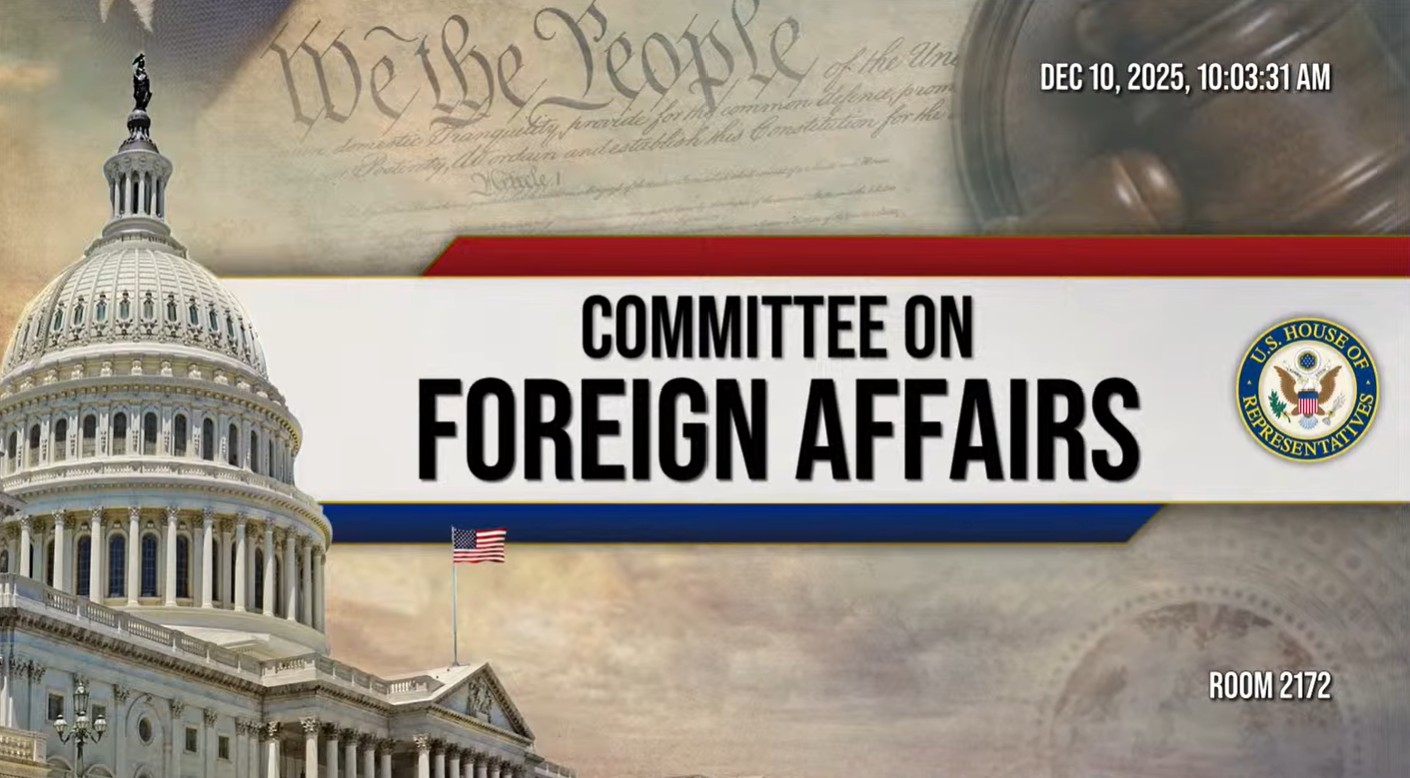By Andrew Tucker
Thirty years ago, the State of Israel signed a series of agreements with the Palestinian Liberation Organisation (PLO). The “Oslo Accords” were negotiated secretly in 1993 by a small group of Israelis and Palestinians, facilitated by the Norwegian government. The then-Israeli Foreign Minister Shimon Peres supervised the negotiations. Prime Minister Yitzhak Rabin was kept in the dark. When he was confronted with the Declaration of Principles, in August 1993, he had no option but to agree.
The Declaration of Principles was signed in Washington in September 1993. After that, several agreements were signed, including the Protocol on Economic Relations (1994); the Agreement on the Gaza Strip and Jericho Area (1994); and the Interim Agreement on the West Bank and the Gaza Strip (1995). Together, they are known as the “Oslo Accords”.
Since 1993 there have been many attempts to reach a “permanent status” agreement. When the Camp David summit failed in 2000, and Arafat launched the second intifada, the Oslo process basically died. Further attempts to negotiate a deal were made in 2008 and 2016.
However the structures and institutions created by the Oslo Accords remain. The Palestinian Authority, which is controlled by the PLO, remains Israel’s partner on the ground, and the sole vehicle for Palestinian governance. Israel has removed its military and civilians from Areas A and B. Israel continues to enable the PA to survive.
Why did the Olso Accords fail to achieve peace? We discussed these issues with Lt.-Col. (res.) Maurice Hirsch, Director of the Palestinian Authority Accountability Initiative at the Jerusalem Center for Public Affairs (JCPA).
According to Hirsch, the Oslo Accords were merely an opportunity for Yasser Arafat’s PLO to secure a solid foothold in Judea, Samaria, and Gaza from which to pursue his goal of destroying Israel. From the start, Israel failed to identify these motivations.
What was agreed?
Basically, Israel agreed that the PLO would establish an autonomous body – the Palestinian Authority (PA) – that would govern the day-to-day aspects of the lives of the Palestinians living in Judea, Samaria, and the Gaza Strip. To do so, Israel agreed to transfer to the PA control over territorial areas in which 95% of the Palestinians lived, together with all the necessary powers and responsibilities previously held by the Israeli authorities, to administer these territories. To enable the PA to function financially, Israel also agreed to collect taxes and transfer the income to the PA. Israel also agreed to allow the Palestinian body to establish a police force in Areas A and B.
In return, the PLO committed to abandon its commitment to Israel’s destruction. It agreed to use the newly created PA body as a vehicle for peace, preventing incitement to hatred and violence, and combating terror. Finally, the PLO agreed that the PA would hold free and transparent elections.
Both sides also committed to refrain from unilateral activities that may impact negotiations over the permanent status (territory, Jerusalem, Israeli settlements, and the fate of the refugees).
Have the parties carried out their obligations?
After September 1993, Israel quickly fulfilled its commitments to redeploy its forces from the large Arab cities and outlying areas (referred to in the Accords as areas A and B) and to transfer the necessary powers and responsibilities to the PA. Despite repeated Israeli demands, to this day, most of the PLO commitments still need to be fulfilled.
One example is the PLO Covenant, which presents the PLO’s principles, goals, and aspirations. The PLO Covenant contains repeated expressions of the organization’s goal to destroy Israel. In a letter addressed to then-Israeli Prime Minister Yitzhak Rabin in 1993, Yasser Arafat wrote that “the PLO undertakes to submit to the Palestinian National Council for formal approval the necessary changes in regard to the Palestinian Covenant.” The PLO has never made the necessary changes to Covenant.
Another example is the PLO promise to combat terror. To fulfill this commitment, Israel agreed that the PA would have substantial police and security mechanisms and that in area A – the area under complete PA control – the Palestinian security forces could even carry weapons. Despite being given the capabilities to meet these commitments, the PLO and the PA failed to do so.
The PLO is a group of different Palestinian organizations, the biggest of which is Fatah, the party of Arafat and his successor, Mahmoud Abbas. Fatah has also not abandoned terror: the Al-Aqsa Martyrs Brigades, which is responsible for hundreds of the deaths of Israelis, is an integral part of Fatah. The PLO includes internationally designated terror groups, such as the Popular Front for the Liberation of Palestine (PFLP) which remains committed to Israel’s destruction and constantly carries out terror attacks.
Has Israel failed to demand PLO compliance?
Under the Oslo Accords, Israel allowed the return of the PLO leadership to Judea, Samaria, and the Gaza Strip. Israel redeployed its forces from 40% of Judea and Samaria and, eventually, 100% of the Gaza Strip. On most occasions, Israel fulfilled its commitments, oblivious to or consciously ignoring the fact that the Palestinians were systematically breaching their obligations.
Israel’s behavior has created the perception, and to a great extent, reality, that it was no longer genuinely insistent on the Palestinians ever living up to their commitments. As this process developed, Palestinian non-compliance grew in substance and nature. Incitement to violence and terror is still rampant in the PA. While Israel often prosecutes Palestinians for small-time incitement, as a general rule, the Palestinian leadership, which is often responsible for some of the most virulent incitement, has enjoyed de facto impunity.
The PLO/PA continues to enjoy all the benefits of the Oslo Accords, including the substantial financial benefits, without paying any price.



